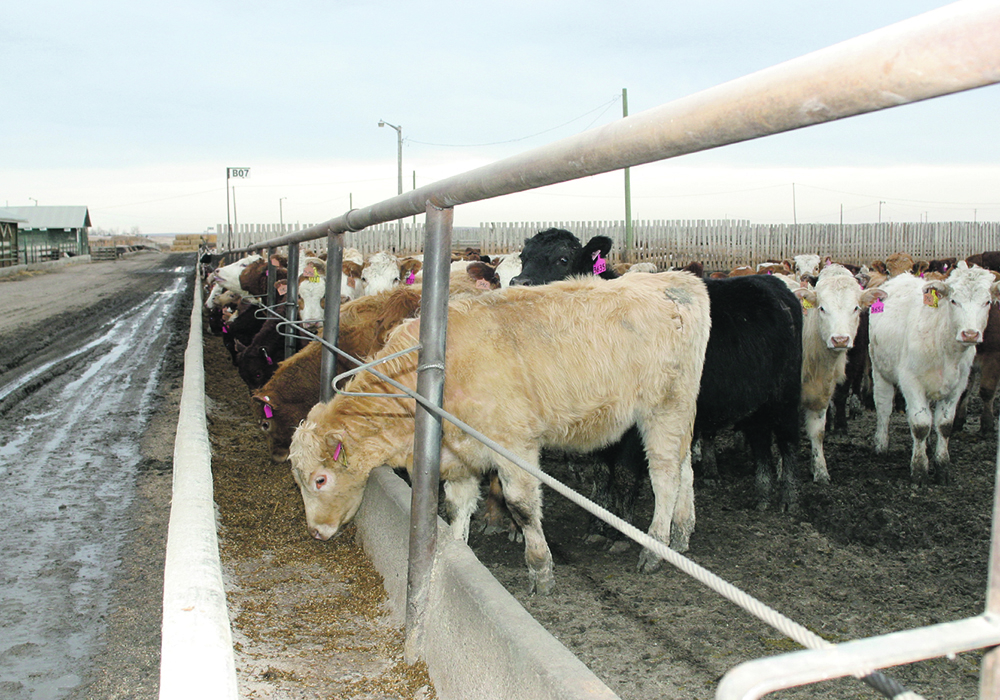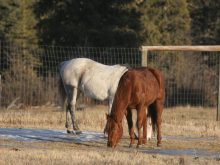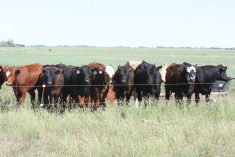Infectious diseases occur when something tips the balance of the complex interactions between the host, pathogen and their environment.
In terms of microscopic pathogens, the main ones include viruses, bacteria and fungi. These pathogens are often categorized into two groups based on fundamental characteristics: primary pathogens and opportunistic pathogens. Understanding these groups is a key concept of infectious diseases I plan to cover in this and my next column.
As their name implies, opportunistic pathogens take advantage of some change in the host or environment to cause infection. Healthy animals have a range of ways to keep infections at bay. The immune system has methods to recognize broad types of microbial pathogens and eliminate them.
Read Also

Growth plates are instrumental in shaping a horse’s life
Young horse training plans and workloads must match their skeletal development. Failing to plan around growth plates can create lifelong physical problems.
Mucous membranes, such as the stomach and intestines, are covered in mucous and host a diverse community of healthy bacteria as part of the microbiome.
As the largest organ, skin creates a barrier to keep microbes out of the body.
The urinary system is protected by frequent flushing and the acidic pH of urine. But some things decrease these and other natural defences, such as:
- Damage to mucous membranes or skin barriers.
- Compromised immunity through medications, stress and other illnesses.
- Concurrent infections that make an animal susceptible to a secondary infection.
- Environmental factors, such as wind, temperature and dust.
With these pathogens, we expect most animals in the population are infected or carrying the microbe at any given time. But only a small number will have signs of disease in that same time frame.
The evolutionary strategy of these microbes is not to necessarily kill the infected animal. Individuals that are so sick that they don’t interact with others are not good from the microbe’s perspective — they won’t spread it around. And dead animals usually don’t spread things well either.
Instead, if we could assign a goal to opportunistic pathogens, it is to infect nearly all animals in the population. For this reason, more animals are infected than have active diseases.
A classic example of an opportunistic pathogen at work is the bacteria Streptococcus zooepidemicus in horses. Most healthy horses carry these bacteria in their nasal passages and sinuses.
But horses that are hauled long distances experience stress from travel.
Particularly if their heads are elevated, horses inhale the bacteria deep in the lungs. The stress reduces the ability of the immune system to respond, and the bacteria proliferate. This sets up a severe infection of the lung tissues and surrounding pleura (the tissue that lines the chest cavity).
Without the travel and associated stress, the chances of a horse developing this condition is much reduced.
Another example of opportunistic infections is one of the bacteria involved in the bovine respiratory disease complex.
Cattle carry the bacteria Mannheimia haemolytica in their upper respiratory tract with no signs of illness. This pathogen can cause bovine shipping fever/respiratory disease, also called fibrinous bronchopneumonia. It is especially common in calves that are weaned, mixed with unfamiliar calves at places like auctions, hauled and enter feedlots for the first time.
This is a high stress time for these calves and the mixing exposes them to viruses they haven’t encountered before.
Combined, these factors decrease the ability of the lungs to fight off infection. When the bacteria are inhaled in these calves, they face less immune system resistance, allowing them to proliferate and cause infection and pneumonia. Normally, the animal’s lung defences work well to eliminate inhaled bacteria.
Opportunistic pathogens cause many important diseases in animals. But when they occur, it is important to think beyond the presenting disease to understand what underlying change happened to the animal to allow the infection to occur.
In my next column, I’ll introduce the concept of primary pathogens — those that nearly always cause disease when infection occurs.
Dr. Jamie Rothenburger, DVM, MVetSc,PhD, DACVP, is a veterinarian who practices pathology and is an assistant professor at the University of Calgary’s Faculty of Veterinary Medicine. Twitter: @JRothenburger















